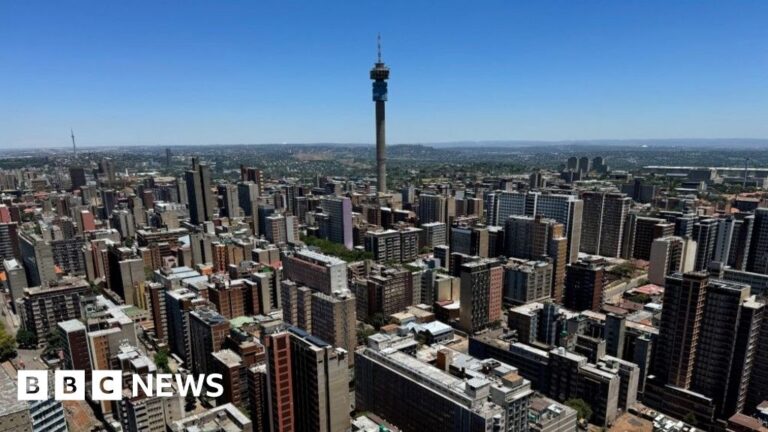South Africans Bringing Hope to One of the World’s Most Dangerous Cities
In recent years, South Africa has struggled with high crime rates, particularly in urban centers such as Cape Town, Johannesburg, and Durban. Statistics indicate that South Africa has one of the highest murder rates globally, with a staggering average of 35 homicides per 100,000 people, according to the latest police reports. Despite this daunting statistic, a glimmer of hope emerges through community efforts and grassroots organizations committed to making a difference.
In Cape Town, often labeled as the murder capital of the world, various local initiatives have sprung up to address the issues of crime and social unrest. One notable project is the "StreetSmart" program, which channels donations from restaurants and cafes into education and social initiatives for vulnerable children. In 2020 alone, the program raised over R2 million, aiding thousands of children vulnerable to gang influence and violence.
Moreover, the establishment of community policing forums (CPFs) in various neighborhoods plays a crucial role in bridging the gap between law enforcement and residents. By fostering collaboration, these forums empower citizens to act against crime collectively. Statistics from South African Police Service (SAPS) indicate that neighborhoods involved in CPFs report up to 30% fewer crimes, highlighting the effectiveness of community-driven solutions.
In addition to CPFs, youth empowerment programs within the city aim to channel the energy of the younger population into productive ventures. Initiatives like the "Back to Basics" program focus on sports, mentorship, and educational support, providing young people with tools to resist gang culture. In 2021, over 1,500 youth participated actively in this program, reflecting a growing interest in pursuing positive paths instead of engaging in crime.
Statistically, major cities in South Africa, such as Cape Town, experience about 2,700 reported gang-related murders annually. Yet, organizations like the "Gangster’s Paradise" project, which uses art and media to highlight anti-gang narratives, are making substantial strides. Through workshops, community murals, and digital storytelling, local artists depict the harsh realities of gang life while offering perspectives of hope and resilience. By 2023, the project has reached over 5,000 youths, providing them a platform to express their experiences and aspirations.
Education is also a cornerstone of rebuilding communities in South Africa. Non-profit organizations are leveraging educational programs to offer not only literacy and numeracy but also life skills that prepare individuals for the job market. Research shows that communities with higher education levels report significantly lower crime rates. Education initiatives like the "After-School Support Program" provide tutoring and mentorship for students in disadvantaged neighborhoods, thereby keeping them engaged and away from criminal activities.
Despite the overwhelming challenges faced by South African cities, these communities and initiatives serve as powerful reminders that change is possible. With a collective effort driven by hope and resilience, the people of Cape Town and other urban centers are redirecting narratives from despair to opportunity.
In conclusion, while crime statistics may paint a bleak picture, the efforts of South African communities reveal a more dynamic reality. From community policing to youth empowerment programs and educational outreach, these initiatives shine a bright light of hope amid some of the world’s most dangerous environments. By investing in the youth and fostering community unity, these passionate South Africans are not only bringing hope but also rewriting the future narrative of their cities.
Through collaboration, awareness, and persistent effort, a safer and more promising South Africa is not just a long-shot dream — it is, indeed, a possible reality. By supporting these initiatives and spreading awareness, individuals can join in the fight for a brighter future.






